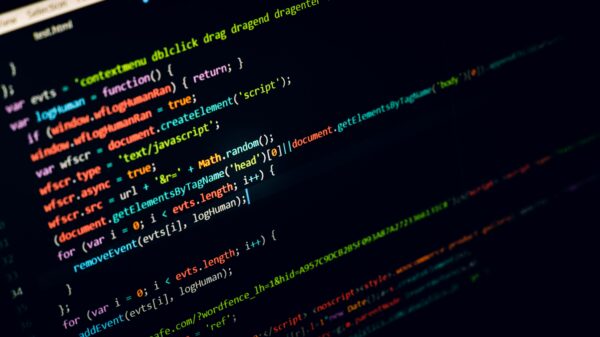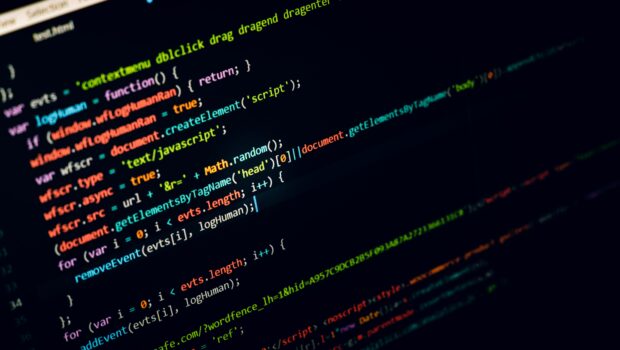Why Python is so powerful in AI and Machine Learning
Machine learning and artificial intelligence-based projects are clearly the way of the future. We want more personalized recommendations, as well as enhanced search capabilities. Artificial intelligence (AI) has enabled our apps to see, hear, and react, improving the user experience and adding value across a wide range of industries.
AI programs are not the same as conventional tech projects. The distinctions are seen in the technology stack, the skills needed for an AI-based project, and the need for extensive testing. To realize your AI ambitions, you can use a programming language that is stable, scalable, and comes with resources. Python does all of this, which is why there are so many Python AI projects today.

Python enables developers to be efficient and optimistic about the applications they are creating, from development to implementation and maintenance. Python’s advantages for machine learning and AI-based projects include its accessibility and stability, access to fantastic libraries and frameworks for AI and machine learning (ML), accessibility, software freedom, and a large community. These add to the overall popularity of Python.
Simplicity
Python uses code that is both concise and readable. Though machine learning and AI rely on complicated algorithms and versatile workflows, Python’s flexibility enables developers to create dependable systems. Developers can devote their entire attention to solving an ML problem rather than dwelling on the technical complexities of the language.
Python, according to many programmers, is more intuitive than most programming languages. Others point out the many modules, libraries, and plugins that make it easier to incorporate various functionalities. Python is widely accepted for collaborative implementation where many developers are involved. Python, as a general-purpose language, can perform a variety of complex machine learning tasks and allow you to easily create prototypes that allow you to validate your product for machine learning purposes.
Diverse libraries and frameworks
Implementing AI and ML algorithms can be difficult and time-consuming. To allow developers to come up with the best coding solutions, it is critical to provide a well-structured and well-tested environment.
Python frameworks and libraries are used by programmers to minimize development time. A software library is a set of pre-written code that developers can use to perform common programming tasks. Python’s rich technology platform includes a large number of libraries for artificial intelligence and machine learning. Examples of these are:
- Keras, TensorFlow, and Scikit-learn for machine learning
- NumPy for high-performance scientific computing and data analysis
- SciPy for advanced computing
- Pandas for general-purpose data analysis
- Seaborn for data visualization
With these libraries, developers don’t have to start from scratch. The needed functions just need to be imported to implement the desired features.
Platform independence
Platform independence refers to a programming language or platform that enables developers to execute code on one system and use them on another with no (or minimal) modifications. Python’s success stems in part from the fact that it is a platform-independent language. Python is supported by a wide range of operating systems, including Linux, Windows, and macOS. Python code can be used to build standalone executable programs for the majority of popular operating systems, allowing Python applications to be quickly distributed and used on such operating systems without the need for a Python interpreter.
Conclusion
AI and machine learning have enabled spam filters, recommender systems, search engines, personal assistants, and fraud detection systems, among other things, and there will undoubtedly be more to come. Product owners tend to build high-performing applications. This necessitates the development of algorithms that process knowledge intelligently, allowing machines to behave like a person.
With Python’s diverse features and great compatibility with AI and machine learning development, it is clear that this language is the perfect developer’s choice. Here is a great tutorial to get you started in Python and some of its machine learning libraries: https://jobtensor.com/Tutorial/Python/en/Introduction
















